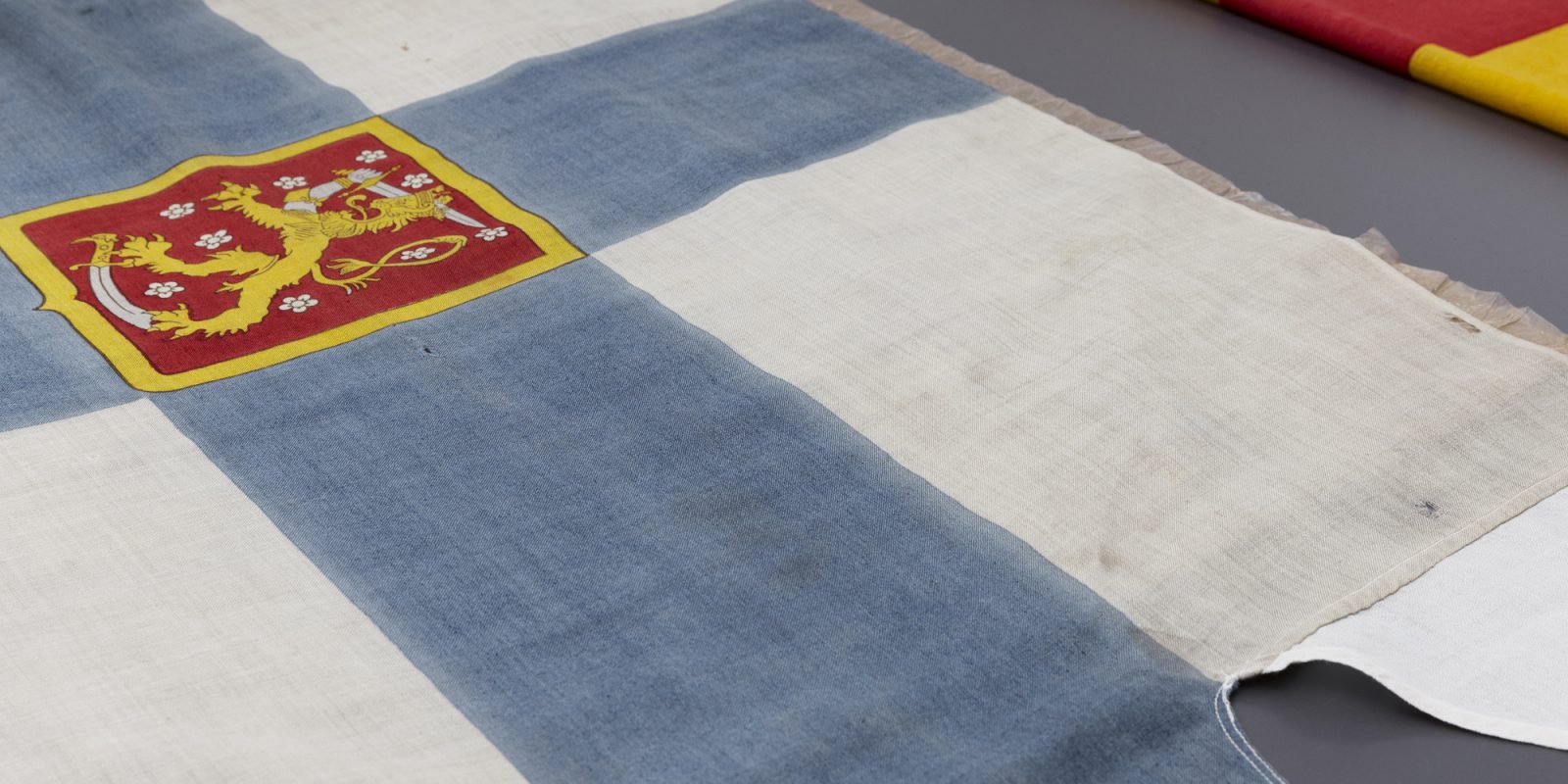
History of the Agency
The oldest directives concerning antiquities were given in Sweden-Finland in 1666, when prehistoric sites and other antiquarian monuments were declared to be under the protection of the State. The clergy were ordered to compile descriptions of the sites of antiquarian and topographical interest that were to be found in their parishes, and around 20 such descriptions from Finland were eventually sent to the newly founded Antiquities College in Stockholm.
In the 1680's, the law was extended to include precious metal objects found in the ground; these were to be offered to the Crown, which could claim them against a reward.
In the 1700's, the antiquities laws were augmented several times, most notably in the legislation of 1734. This period saw the rise of the view that antiquities formed part of the national cultural heritage since they represented the works of the ancestors.
After the Russo-Swedish War of 1808-1809, Finland became a part of Russia as and autonomous Grand Duchy. Though the Swedish law of 1734 was still in force, no public authority was charged with overseeing the antiquities legislation. As romanticism and nationalism began to awaken, so did general concerns over the gradual deterioration of the medieval castles and stone churches.
In 1870, the Finnish Antiquarian Society was formed to care for and document national historical monuments. The Antiquarian Society, by its activity, greatly influenced the development of Finnish antiquities legislation and administration. The Decree on the Protection of Ancient Monuments was given in 1883, and the next year saw the founding of the Archaeological Bureau, later renamed the State Archaeological Commission, charged with "the general care of country's ancient monuments".
The Archaeological Commission was reorganized in 1972 and became the National Board of Antiquities.